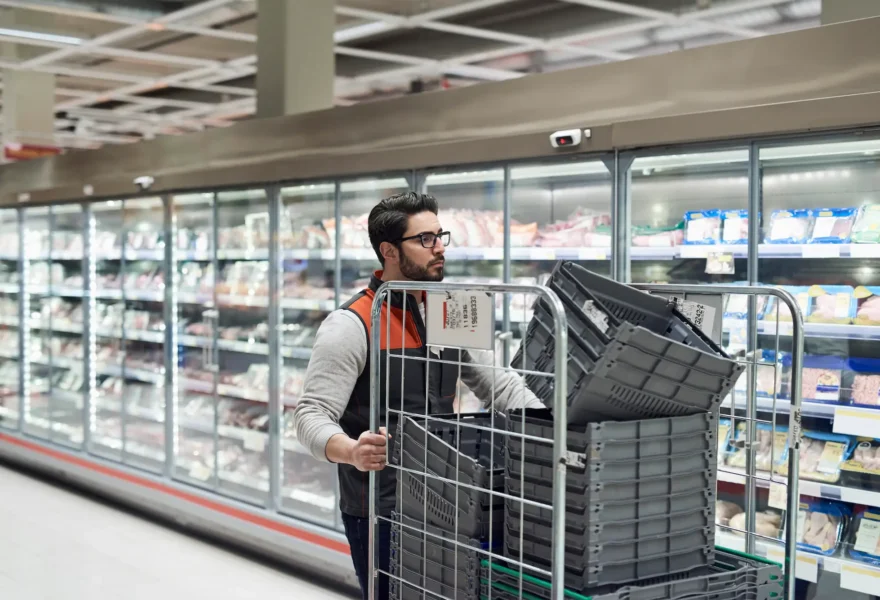Through their collaboration, The Fédération du Commerce et de la Distribution (FCD), which represents 50+ retail chains, and Perifem, a trade association that brings together French retailers and shopping centers, set out to promote responsible and sustainable retail practices. A major aspect of this collaboration was helping leading French retail brands initiate the L.E.S.S. (Low Emission Sustainable Sourcing) program. While Quantis was asked to support in finding a digital supply-chain data collection solution for member retailers, the project ended up delivering more far-reaching sustainability collaboration across the sector.


Challenge
The FCD and Perifem asked Quantis to help identify a suitable software provider to support their respective member companies in collecting reliable sustainability data from their suppliers. This included company-level information and product-level emission factors, to help drive the individual decarbonization efforts of each member retail firm.
Solutions
Quantis combined its deep understanding of carbon footprinting and the digital carbon management ecosystem, with extensive environmental and retail sector expertise, to lead a rigorous selection process. This included the creation of a set of criteria to evaluate around 20 providers, simplifying submissions and reviewing them in a single interface, auditioning shortlisted providers and synthesizing the outcomes. The selection committee comprised representatives from the FCD and Perifem to garner critical support to select a single provider to suit the needs of the whole group, including:
- Reliable and shareable emission data at the product level
- Streamlined data processing and tracking
Results
Firstly, a robust selection process meant a digital solution was quickly selected to collect supplier data. This immediately enables more generic, category-level estimates, and in the future will allow the collection of more specific data such as brand-, product- and SKU-specific data. But what made the project unique is that the work delivered by Quantis resonates far beyond the project scope, by significantly aligning thoughts around how to decarbonize an interconnected retail supply chain.
It enabled a much broader view of how the retail sector can act collectively to decarbonize, broadening the pre-competitive sustainability conversation across France’s retail sector – predominantly through two main levers:
- adjusting the product mix on shelves
- reducing the carbon intensity of products by decarbonizing supply chains (e.g., beef and dairy)
Discussions are now focused on defining governance mechanisms, refining the economic model and planning software implementation across the participating retailers – driving collective collaboration.
The work carried out by FCD and Perifem was significantly strengthened by the expertise of the Quantis team involved in this project. We collectively benefited from their deep experience in decarbonization and digital solutions, as well as their rigorous analysis and clear reporting to retail stakeholders. We also appreciated their generosity in sharing knowledge and insights, along with their strategic perspective on the challenges and priorities facing the retail sector.
Giulia Basclet, Environmental Manager, FCD
The Quantis team demonstrated great professionalism in their working approach to support the collective. They brought the benefit of their deep expertise in decarbonization and digitalization and their support was a key factor in the success of the project. I would also highlight the warm and friendly nature of our interactions — something that was not only very enjoyable but which was also truly valuable for creating a constructive and productive working environment. Many thanks to Carole, Gabrielle, Charles, Boris, and Emmanuel. I look forward to working with you again!
Christine Bourge, Environmental Manager, Perifem
We’re your full-service partner for the transformational journey. Our strategic advisors are equipped to guide you at every point along the way.



